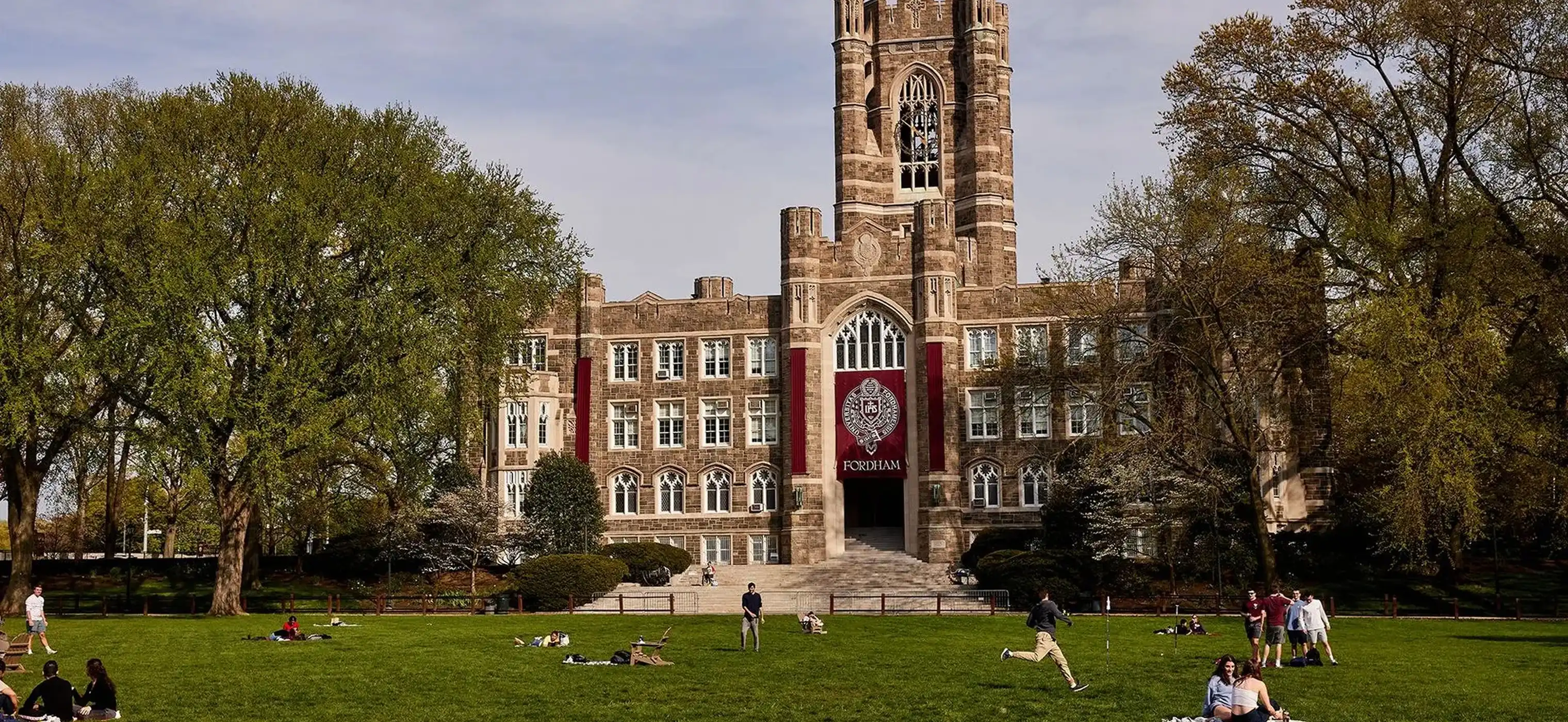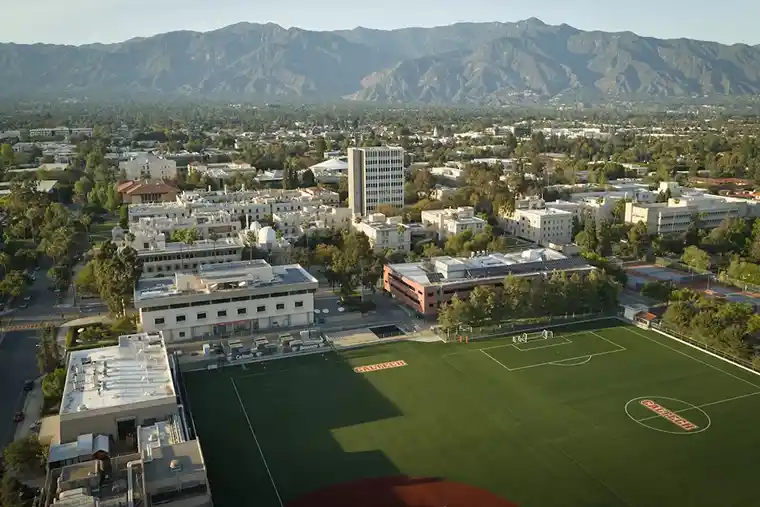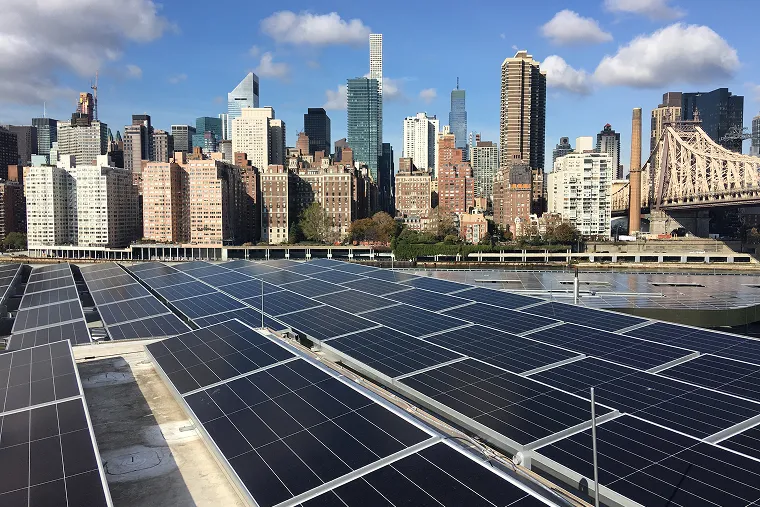

- 4.1 MW Total System Size
- 5.1 Million kWhE st. Annual Clean Energy Production
- 3,200 Tons CO₂ Offset
- 250,000 Gallons Gasoline Avoided
Fordham University Harnesses Renewable Energy With New York City’s Largest Solar Farm
Fordham University is a private Jesuit research institution with a rich history dating back to 1841. With more than 15,500 students enrolled across three campuses in New York State, Fordham is dedicated to academic excellence, community engagement, and social responsibility. Guided by a commitment to environmental stewardship, the university has made sustainability a core part of its mission — actively seeking innovative ways to reduce its carbon footprint, support renewable energy, and contribute to a greener New York for future generations.
Implementing Large-Scale Solar in an Urban Environment
Fordham University set out to significantly reduce its carbon footprint by adopting large-scale solar energy, but implementing such a project in New York City posed unique challenges. Limited space, complex permitting requirements, and accommodating the energy needs of multiple campuses made the process especially complicated. Fordham needed a solution that could generate substantial clean energy within the constraints of an urban environment and help the university make good on its sustainability mission.
Providing Access to Clean Energy Through Remote Net Metering and Community Solar
INSTALLATION TYPE
- Rooftop & Ground-Mounted Solar
INSTALLATION SIZE
- 4.1 MW
LOCATIONS
- Staten Island, NY
- Bronx, NY
INCENTIVES
NYSERDA NY-Sun • Value of Distributed Energy Resources (VDER)
To help Fordham University take advantage of clean energy on its own terms, PowerFlex crafted an innovative two-pronged solution:
First, PowerFlex partnered with Kinder Morgan, one of North America’s largest energy infrastructure companies, to install a 3.1-megawatt (MW) ground-mounted solar system on 10 acres of property in Staten Island. Comprised of more than 9,000 individual solar modules and generating 4 million kilowatt-hours of electricity annually, the project was the largest of its kind in New York City at the time of its installation. Through an arrangement called remote net metering, solar energy generated at the site is allocated to Fordham University’s campuses as well as Fordham Preparatory School, allowing the institutions to offset 20% and 37% of their respective electricity consumption with renewable energy.
Next, PowerFlex installed a rooftop solar array atop the Rose Hill Parking Garage on Fordham’s Bronx campus. The 963-kilowatt (kW) system is structured as a community solar project, meaning faculty, students, alumni, and local residents can subscribe to a portion of the clean energy generated and receive credits on their utility bills. An additional 8-kW rooftop system was installed at the Campbell Hall dormitory building, bringing Fordham’s total solar capacity to an impressive 4.1 MW.
“It has been a great experience working with my alma mater to advance its sustainability efforts. Through innovative project structuring, including community solar and remote net metering, they have shared the benefits with their local community throughout New York City. They’ve also provided unique opportunities for students to engage in solar energy. I’m excited to see how Fordham will continue to work towards a clean energy future.”
Julie Milea
Project Engineer, Fordham College Rose Hill
Driving Environmental Impact and Community Engagement
Fordham University’s solar initiatives have delivered significant environmental benefits, with the combined systems producing more than 5 million kilowatt-hours (kWh) of clean energy annually and helping to avoid 6.4 million pounds of carbon dioxide emissions each year. These projects are equivalent to saving over 381,000 gallons of gasoline or removing 658 cars from the road annually. By leveraging money-saving incentives like the NY-Sun Initiative and the Value of Distributed Energy Resources (VDER) program, Fordham has affordably reduced its own carbon footprint while also creating unique opportunities for students and the local community to participate in and benefit from renewable energy.







